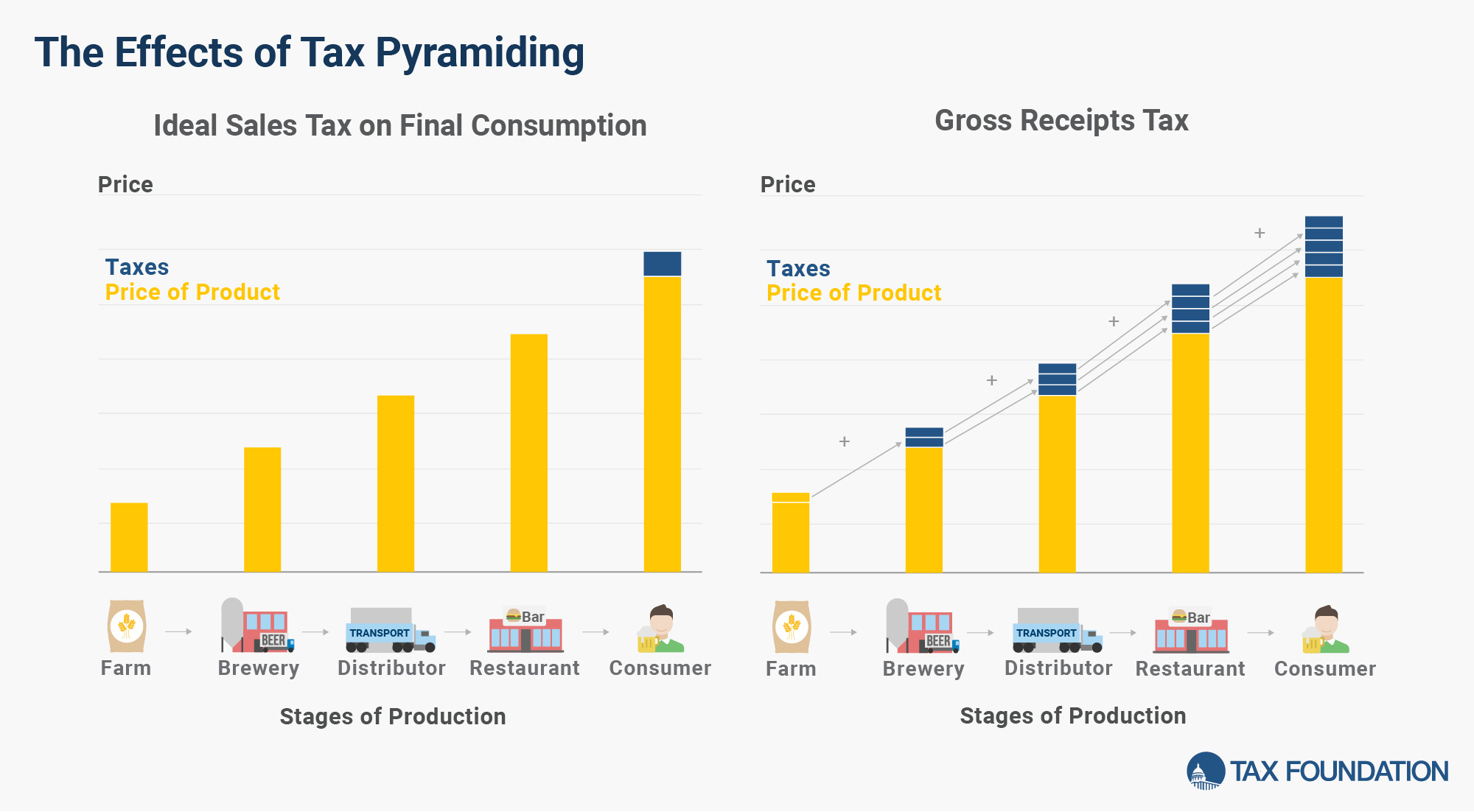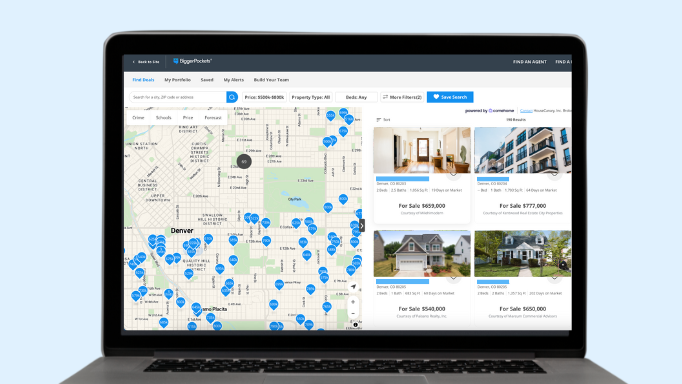Key Takeaways
- While North Carolina can be considered a pandemic boom state, it has solid underlying fundamentals, such as a great corporate tax environment.
- The state is home to many great universities, with a good proportion of STEM-related degrees being offered around the Raleigh-Durham metro area.
- Job growth is likely to continue due to the high number of well-educated employees graduating from the colleges, making Raleigh a life sciences and tech hub comparable to a smaller Silicon Valley.
Raleigh also had a 64.2% increase in its median price, while Charlotte experienced a 76.9% increase (the U.S. average was 46.9%).
One could consider North Carolina a pandemic boom state, along with the likes of Texas, Florida, and Arizona. But I think in the long term, it has more potential for growth than is being recognized.
Let’s take a look at everything North Carolina has going for it.
Business Tax Climate
A 2003 study published in the National Tax Journal found that “corporate income tax has a significant negative impact on employment, while the sales and individual income taxes do not.”
If this is true, a more business-friendly tax environment should continue to support employment growth over time. And when the local economy grows, so does the local real estate market.
Let’s take a look at the corporate business tax environment across the states. Here is a nice visual made by the Tax Foundation:
You’ll notice there are a few states without a corporate income tax rate. Unfortunately, while this is a plus for investment, it doesn’t paint the entire picture of the business tax environment.
“No Corporate Income Tax” Isn’t the Entire Picture
These states don’t impose a corporate income tax:
- Nevada
- Texas
- Washington
- Ohio
- Wyoming
- South Dakota
- North Carolina (by 2030)
However, Nevada, Texas, Ohio, and Washington also impose what’s known as a “gross receipts tax.” This is a tax on a company’s gross sales, without deductions for its business expenses, such as cost of goods sold.
This can benefit companies with a high profit margin while penalizing companies with a more narrow profit margin. It can also hurt startups, which have low-to-no profit margins to begin with. Or these companies may pass these taxes on to the consumer, as depicted in this image:

On the flip side, in Nevada and Ohio, these rates are relatively low to begin with. Ohio also recently implemented new thresholds that will exempt many small businesses from this tax. This means things are looking up for Ohio.
North Carolina already has the lowest corporate tax rate, sitting at 2.5%. And by 2030, the state’s corporate tax rate will drop to 0%. This will put North Carolina into the same category as South Dakota and Wyoming, which are states with no corporate income tax or gross receipts tax.
What’s interesting is that Wyoming’s population only grew 0.13% per year from 2008-2023 from net migration. The U.S. average was 0.27% per year, and over the same time period, South Dakota saw a 0.51% increase, and North Carolina saw a 0.84% increase. (If you’re curious, Florida had the highest average population growth, at 1.29% per year from 2008-2023).
If the corporate tax environment were all that was needed to grow the number of employers, and thus, the number of employees in an area, Wyoming and South Dakota should have seen more growth than North Carolina (and these states aren’t even the top five fastest-growing places). We inherently know there’s more to the story.
Employers need access to well-educated employees in order to expand. In fact, for each new university patent, researchers estimate an additional 15 jobs are created outside the university in the local economy.
So next, we’ll specifically look at the number of colleges offering a large proportion of STEM degrees in each state.
You might also like
Colleges Offering a Large Proportion of STEM Degrees
After downloading college scorecard data from the U.S. Department of Education, I filtered out all universities not offering four-year degrees, small universities, and universities not located within a city or nearby suburb. I wanted to track only large institutions located within or near major metro centers.
Next, I calculated the percentage of STEM degrees given to recent graduates. Then, after sorting from the highest percent of STEM degrees to the lowest, I kept only the top half of institutions. For anyone curious, the median percentage of STEM degrees given for this set of large institutions was about 22%.
Then, I simply summed the number of large four-year universities left in each state that had more than 22% of its graduates earn STEM-related degrees. Here were the results (states with no colleges fitting these criteria were not included, such as Wyoming):
Notice how California, New York, and Texas are on top, three of the four most-populated states (the other being Florida).
As a side note, I’d also like to point out that Ohio has one more of these universities than North Carolina. This, combined with how affordable Ohio is and its business-friendly tax environment, makes it an excellent place to invest for the long term.
The only strike against Ohio for me personally is its high property tax rate. But the Kentucky side of Cincinnati (literally across the river) looks quite attractive, as you could benefit from the city’s growth without the accompanying high real estate property tax cost.
North Carolina’s Colleges: The Research Triangle
So far, North Carolina has one of the best business-friendly tax environments, and by 2030, it will be comparable to South Dakota and Wyoming, with no corporate income tax or gross receipts tax. However, unlike South Dakota and Wyoming, North Carolina has many prestigious universities producing many STEM-focused graduates.
Three of these universities are all within one combined statistical area (essentially, one large metro). North Carolina State University, Duke University, and the University of North Carolina at Chapel Hill make up what’s known as the Research Triangle, which includes the largest research park in America and is home to numerous tech companies.
Take a look at Raleigh’s employment numbers over the past decade:
An Investor-Friendly Agent on Raleigh’s Real Estate Market
It’s always helpful to get knowledge from a boots-on-the-ground expert. We’ve been collaborating with Katie Rother, a real estate agent who works with investors, on a breakdown of the Research Triangle market (Raleigh-Durham-Chapel Hill).
Here are a few highlights Katie mentions in her new report:
What areas are seeing the most growth in the Triangle?
“Over the next five to 10 years, places like Pittsboro, Sanford, Hillsborough, Lillington, Angier, and Benson are showing strong price increases and will continue to see growth.
Within 15 minutes of downtown Raleigh, towns like Cary, Apex, Wake Forest, North Raleigh, and Knightdale are also thriving, with more amenities and housing developments popping up. Even areas further out, such as Wendell, Zebulon, Clayton, and Benson, are becoming more attractive to buyers and investors, as they offer more affordable housing and more space.
For long-term growth and appreciation, I’m particularly focused on areas like Sanford, Fuquay-Varina, Holly Springs, and Pittsboro, as they show great potential for the future. The Triangle has a little something for everyone, from the vibrant city life of Raleigh and Durham to the suburban charm of places like Cary and Apex, and the peaceful, growing communities farther out.”
How are buyers and sellers navigating this market?
“In today’s fast-paced and competitive real estate market, buyers and sellers are leaning heavily on their agents to guide them through the complexities of buying and selling a home. Whether it’s navigating pricing, negotiations, or market-specific practices, having a knowledgeable agent makes all the difference.
For buyers:
- Understanding Costs: Many buyers have questions about due diligence fees and earnest money deposits, especially if they’re new to the area or the homebuying process. Agents are crucial in explaining these upfront costs and ensuring buyers are comfortable with their investments.
- Home Inspections: Buyers often look to their agents for advice on inspections—what to expect, what to prioritize, and how to handle repairs or contingencies that arise during the process.
- Market Strategy: With competition high, agents help buyers craft strong offers, prioritize needs versus wants, and identify homes that are a good value for their budget.
For sellers:
- Pricing and Marketing: Sellers rely on their agents to recommend competitive listing prices and market their properties effectively to stand out in a crowded market.
- Preparing for Sale: Agents help sellers decide on presale improvements and staging to attract buyers and maximize offers.
- Negotiating Offers: From handling multiple offers to answering compensation questions, agents ensure sellers are informed and in control throughout the process.
For both buyers and sellers:?
- Agents are the go-to resource for navigating tricky questions about compensation, contracts, and market trends. Whether you’re a first-time buyer or a seasoned seller, a trusted agent can make the process smoother, more informed, and less stressful.”
Final Thoughts
My personal interpretation of the data is that the high number of well-educated graduates in the region, along with one of the best business environments in the nation, will continue to drive growth in the Raleigh metro area for years to come.
Would you like to see a data-driven breakdown of the best neighborhoods in the Raleigh-Durham area to invest in? Let me know in the comments. If enough people are interested, it’ll justify spending the time to gather and analyze the data.
Find the Hottest Deals of 2024!
Uncover prime deals in today’s market with the brand new Deal Finder created just for investors like you! Snag great deals FAST with custom buy boxes, comprehensive property insights, and property projections.

Note By BiggerPockets: These are opinions written by the author and do not necessarily represent the opinions of BiggerPockets.


